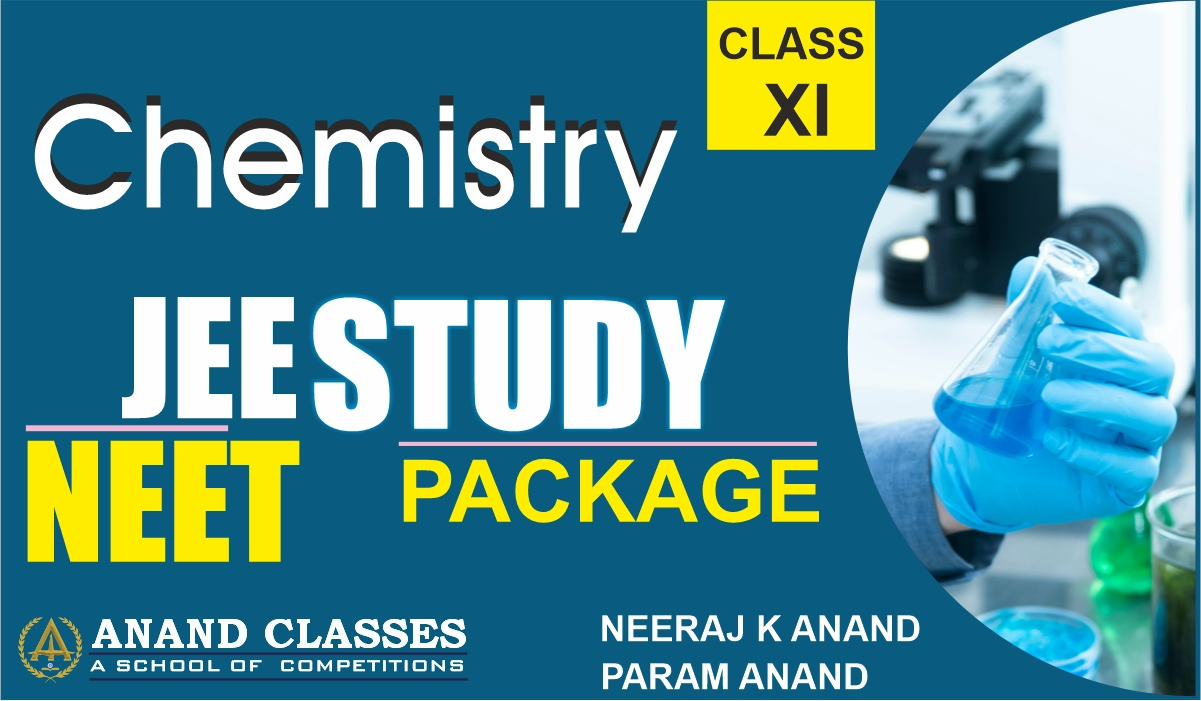S Block Elements – Physical & Chemical Properties, Periodic Trends, Configurations, Diagonal Relationship
S-block comprises 14 elements, namely hydrogen (H), lithium (Li), helium (He), sodium (Na), beryllium (Be), potassium (K), magnesium (Mg), rubidium …

